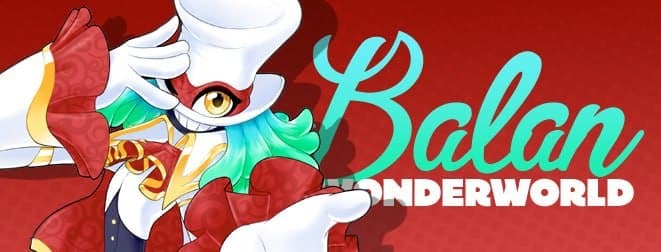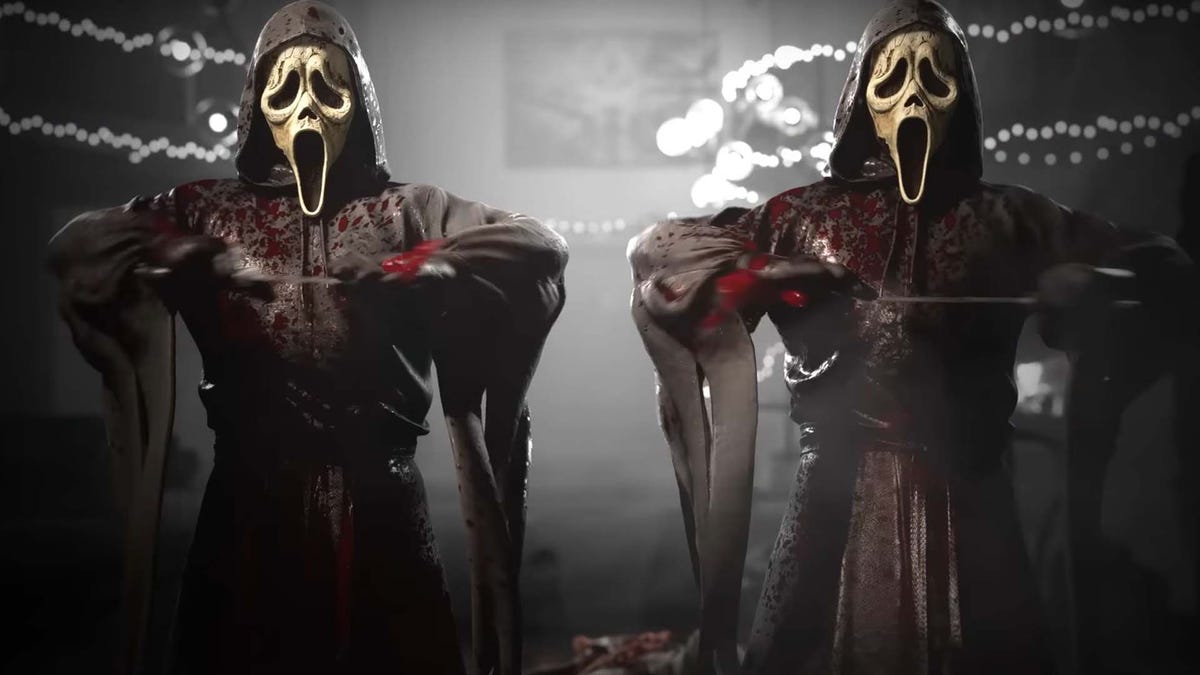With a few weeks delay we finally arrived in the wonderful world of Balan. The explanation is simple: I didn’t believe that a game as tedious as Balan Wonderworld could be analyzed with a few screens; much less after checking in the difference between chapters one and six on his damn demo. Then the right decision No kidding, this is the disastrous game that many have irresponsibly criticized with just a few hours to have the analysis before anyone else. Though it’s not the gem that could have been under the protection of Square Enix between this reunion of Yuji Naka and Naoto Oshima.
Balan Wonderworld is a 3D platformer of small open worlds in the traditional style, which is defined in one word: joy. It’s a powerful and ambitious production that wanted to follow the path that Super Mario Odyssey expanded upon after the recovery of indies like Yooka-Laylee or Super Lucky Tale. It has all the elements: a story for all viewers, very eye-catching characters, a saturated color palette, multiple objectives per phase that must be collected in order to unlock more chapters, costumes that give skills and abilities, open the streets, a huge, but simple finale bosses and music, a lot of music.
The best part of the whole game is the audiovisual production, despite being poorly finished. That is why the Balan Company chose the images and sounds to carry the narrative weight. With economical explanations, he will get you moving from the first minute on based on exquisitely produced film videos in which the mysterious flying character takes over the reins of the plot. However, it does not function as one story, but as twelve different ones, which are protagonists of normal people who have been overwhelmed by sadness due to an accident. The little life of the girl who liked the beetles or the ambitious chess player are contacts with other realities or fantasies that set the pace between playing and watching very well.
Emma or Leo, whoever you choose, will fix their lives with the final punch line, which is to dance a little together without knowing that they are gradually overcoming their own depression. Travel friends who will be indispensable in your big final battle. The company, the support and the help for others are the values it conveys with its undeniably childlike tone and which are suitable for all target groups.
So is it a simple and silly 3D platformer? The first world, that of the demo, made us think this first. It is a linear sequence of simple obstacles, struggles against nothingness and small pointless scenario puzzles that hide no secret. And the second, the sea, probably the ugliest, although at least it already offers some verticality. But only on the third does Balan Wonderworld begin to show that it exists a good job in set design this goes beyond trying to make it conspicuous, but also pleasant from a playable point of view. There are ups and downs in the quality of the screens, but they are ideally sized so that they are neither short nor long and full of surprises that not only invite but also force you to poke around every corner.
The key to the gameplay is how the skills of the disguises are combined with the cut paths. All three worlds you must collect a minimum number of balan statues to discover the next three. The first time you walk through an area you will leave many without collecting simply because you cannot, but there is a very good balance between those that are more or less within reach and those that are necessary . Therefore, it is not necessary to repeat the steps every two by three to knead. In my entire game, I only had to do the two-phase review to “get out of the attack” meaning I didn’t lose 10 minutes. Hence, you can keep progressing with the game and find more costumes so you can complete it later when you feel like it. After all, by activating several costume change points per phase, they made this “gr ind” very accessible; However, they don’t give you complete freedom to add a little more seasoning.
There is an incentive to repeat levels at least as big as the statues, and they are the costumes themselves. Don’t think that on your first step through each world you get them all, no. There are many more hidden than the trophies themselves, and the gaps can be seen in the costume menu itself. The unlocks are also coordinated: until you have one, for example, to skip great distances that arrive in worlds 8 and 9, you can’t get the double jump (which is in 2) you have been craving for since the first minute. This impatience invites us to try a madness from time to time that may even turn out to be good.
This is the general idea of a game that has more crumbs than it seems and that gets quite complicated over time. The controls and camera are responsive, and enemies in between are never a problem, but there are certain moments in the end that seem a little too complicated compared to the beginning and can get a toddler uphill. There is a double help mode, but I haven’t had a chance to test it.
Despite this well thought out, structured, and balanced general idea, as the game progresses, many of the most “hidden” statues actually appear to be in inaccessible locations, with nothing more. He lacks that ingenuity when it comes to finding them or putting together an interesting puzzle that takes advantage of certain special powers. On the contrary, it’s like the only goal is to qualify Leo or Emma. In addition, of the more than 60 costumes, several offer the same or almost identical capacity, so that they step on top of each other. Let’s say there are about 10 or 12 essential elements for the entire game, another 30 are useful for your particular screen, and the rest is filling.
They are of course also used in bosses. Each end of the section is a very noticeable use of funds, usually remaining in a series of three simple strokes, although the latter can get the player into trouble. Special mention deserves the final boss, a fairly long fought battle that reveals the secret of this story, which in turn easily remains open.
He mentioned the great work of character design and world themes, enriched by these cinema videos and an extraordinary soundtrack, noting that the problem was the auction. The art style helps to camouflage technical poverty a bit in some cases, but there is a terrible stability problem. On a standard PS4, the frame drops are constant at various levels, especially from World 7. Square Enix should have helped Balan Company get the game off to a flawless start. At least increasing the movement speed of the final version compared to the demo helped to correct a serious bug.
Balan Wonderworld is a 3D platformer beautiful, balanced, happy and with more crumbs than it seems. The disastrous and slow demo did a lot of damage and the technical finish still does, but it’s by no means a bad game. You can try.












